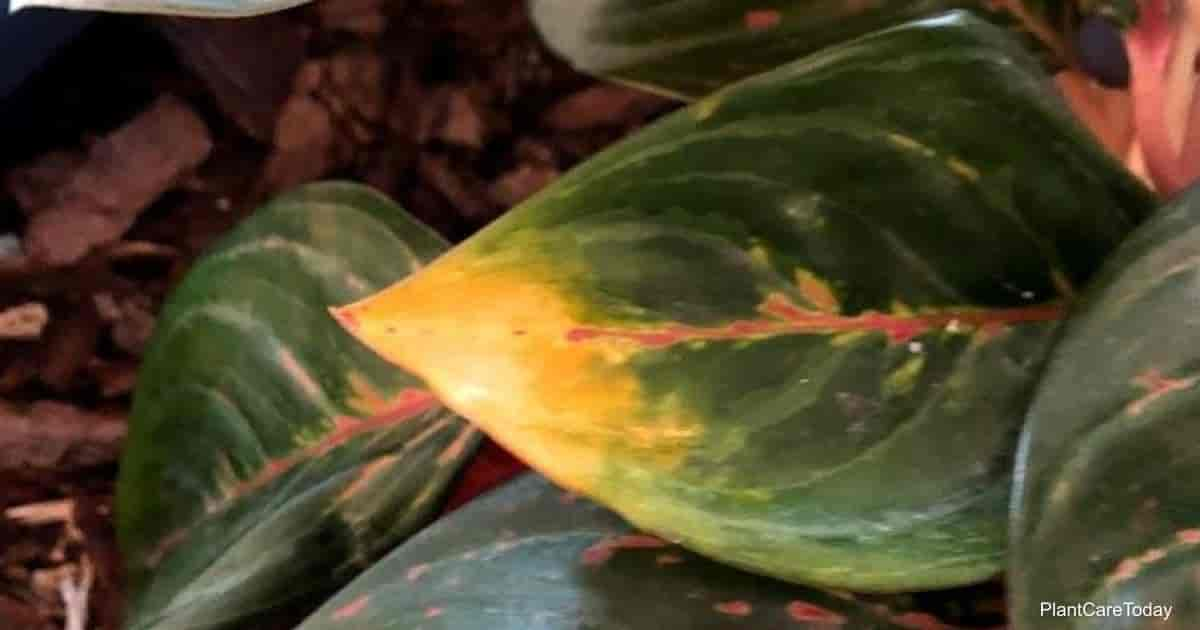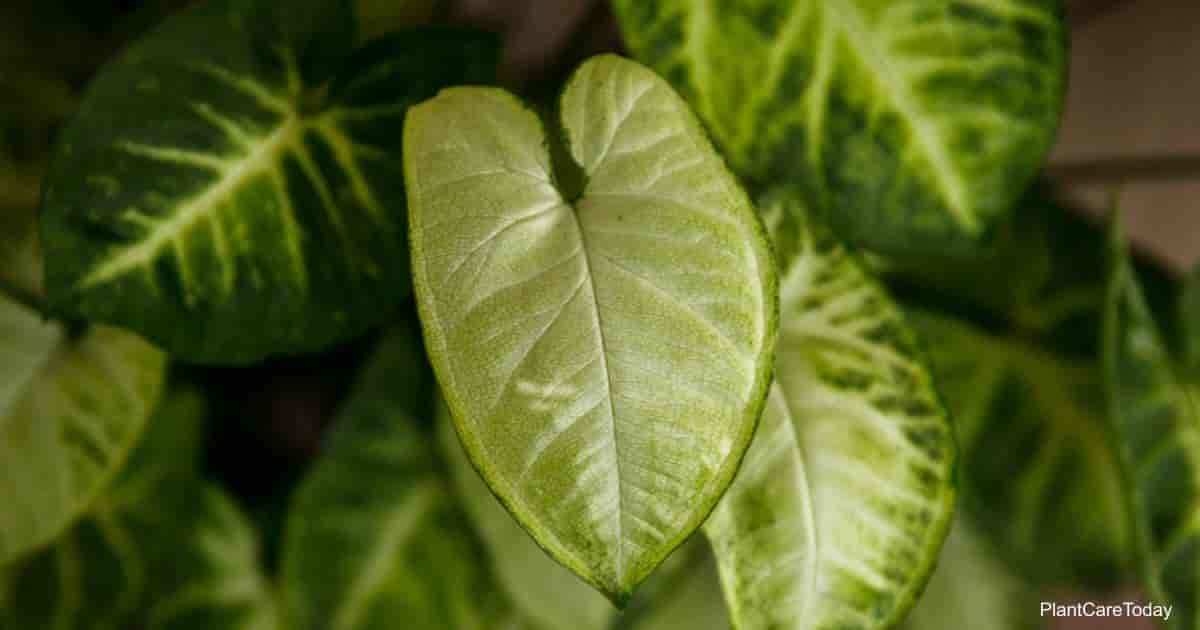Anthurium crystallinum (an-THUR-ee-um kriss-TAL-in-um) are tropical plants prized for their gorgeous ornamental leaves. Crystallinum is relatively easy to take care of, making it favored in many houseplant lovers’ households.
Native to rainforest margins in Central and South America, Crystallinum has large, velvety, heart-shaped leaves covered with prominent white veins.
Anthurium crystallinum is an epiphytic perennial or “air plant.” It derives most of its nutrients from the air, rain, and debris around it.
Like many popular indoor plants, all Anthurium varieties belong to the family Araceae. It’s also often referred to as:
- Anthurium killipianum
- Crystal anthurium
Anthurium Crystallinum Care
Size and Growth
Like all Anthurium species, Anthurium crystallinum has a slow growth rate. Its leaves and become more pronounced with time, but it’ll take a while to see any significant difference.
Every two to five years, the plant grows approximately 20″ inches, so you won’t have to worry about moving the plant into a bigger pot for a while.
Outdoors, Anthurium crystallinum’s leaves can grow up to 24″-30″ inches. But, it can only grow up to a maximum of 18″ inches in a controlled home environment.
When it comes to new leaves, Anthurium crystallinum sprouts a single leaf every 4 to 6 weeks. Due to its self-heading growth pattern, the leaves usually take up lateral space.
Flowering and Fragrance
Flower spathes are either light green with a yellowish or reddish tinge or dull purple. Flowers can bloom in all seasons as long as the plant is growing in tropical conditions.
Anthurium crystallinum’s flowers have no distinct smell to them. Many describe its flowers to have a “pleasant fragrance,” though muted. It’s pretty reminiscent of pine oil cleaner and menthol.
Light Conditions and Temperature
Anthurium crystallinum thrives in humid environments and needs a minimum temperature of 65°degrees Fahrenheit to survive. Its ideal temperature is anywhere between 75° to 80° degrees Fahrenheit.
In colder zones, keep your Anthurium crystallinum in your patios during the summer and in the greenhouse during winter.
In areas of moderate temperatures all year round, Anthurium crystallinum can go directly in your backyard’s dirt. Their gorgeous, velvety dark green leaves will create an excellent background cover in your yard.
Indoors, keep the plant in a well-ventilated terrarium. Avoid direct sunlight; place it under bright, indirect light instead.
Watering and Feeding
Anthurium crystallinum thrives in above-average humidity. It is best to replicate its natural environment of tropical rainforests where it’s almost always moist.
During the growing season, keep the top layer of the soil moist. Water the plant regularly, especially during summer. Never allow the soil mix or growing medium to dry out.
In areas with humid conditions, Anthurium crystallinum can go without water for up to two weeks at a time. During winter, consider watering every two weeks with lukewarm water.
Many Anthuriums grown commercially feed with a slow-release fertilizer. Crystallium and Anthuriums in general respond very well to balanced liquid fertilizers.
Potting Soil and Transplanting
Anthurium crystallinum grows best in
- Commercial orchid potting mix,
- Sphagnum moss
- Soilless mediums like moss or bark
- Light soil mixes of peat moss, coconut coir, perlite, pine bark, orchid bark, charcoal and pumice
Repot every two years at the beginning of each spring using terra cotta pots. Transfer the plant in a pot of fresh potting mix or soil rich in organic material.
Only repot your Anthurium crystallinum if the plant’s roots are beginning to fill out the pot and suffocate the soil.
Grooming and Maintenance
Anthurium crystallinum doesn’t need frequent grooming or maintenance. Prune the plant from the top down sometimes, and pluck out any dead or discolored leaves, along with inflorescences, and it’ll be a happy camper.
For greatest growth, always choose slow-release or well-balanced organic fertilizers. You can also use well-diluted fish emulsion once a month to keep the plant healthy and well-maintained.
Avoid chemical fertilizers as much as possible, as they may destroy the plant’s roots and hinder its growth.
A fertilizer that contains a decent amount of nitrogen, magnesium, and phosphorus is excellent for flower growth.
How To Propagate Anthurium Crystallinum
Propagate the Crystal Anthurium through seed or division.
Buy seeds or collect them from the spadix’s berries. Plant the seeds in well-fertilized soil and wait for 2–5 weeks until they germinate.
You can also propagate Crystallinum through division. To do this, separate plantlets from the plant’s roots as soon as they appear.
Then cut the plantlet’s subsoil stem into two. Both divisions should have roots attached for the plantlet to grow well.
Leave them to rest for about a day before planting the two halves in individual pots. Once potted, keep the soil moist and feed them with diluted, good-quality fertilizer until the plant stabilizes.
Anthurium Crystallinum Pests or Diseases
Like most houseplants, Anthuriums are susceptible to mealy bugs, aphids, and scales.
If you spot any of these pests, spray them with a bit of insecticidal soap water.
You can also make a simple neem oil solution by mixing two tablespoons of neem oil and three teaspoons of mild liquid soap into about a gallon of water.
Apply this treatment once a week for two to three weeks until all pests disappear.
Anthuriums also experiences a few diseases caused by bacterial and fungal infections.
If your plant has burn marks or yellowed lesions along its leaf margins, it’s likely due to overwatering. Snip off the affected leaves with sterile sheers to not infect the leaves around them.
Overwatering or plants sitting in water can lead to root rot.
If your plant suddenly starts yellowing and wilting, you might want to check its roots. Pythium fungal infection causes yellowing and wilting of leaves, which spreads due to water-logged soil.
Credit : Gary Antosh (https://plantcaretoday.com/anthurium-crystallinum.html)





